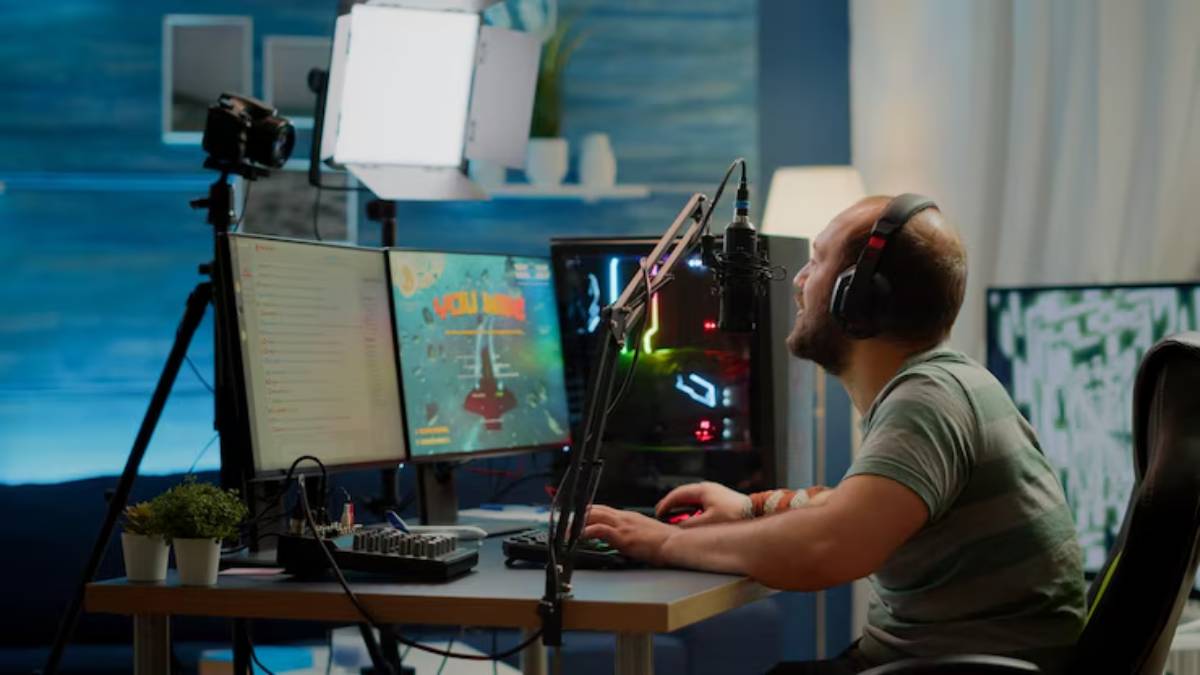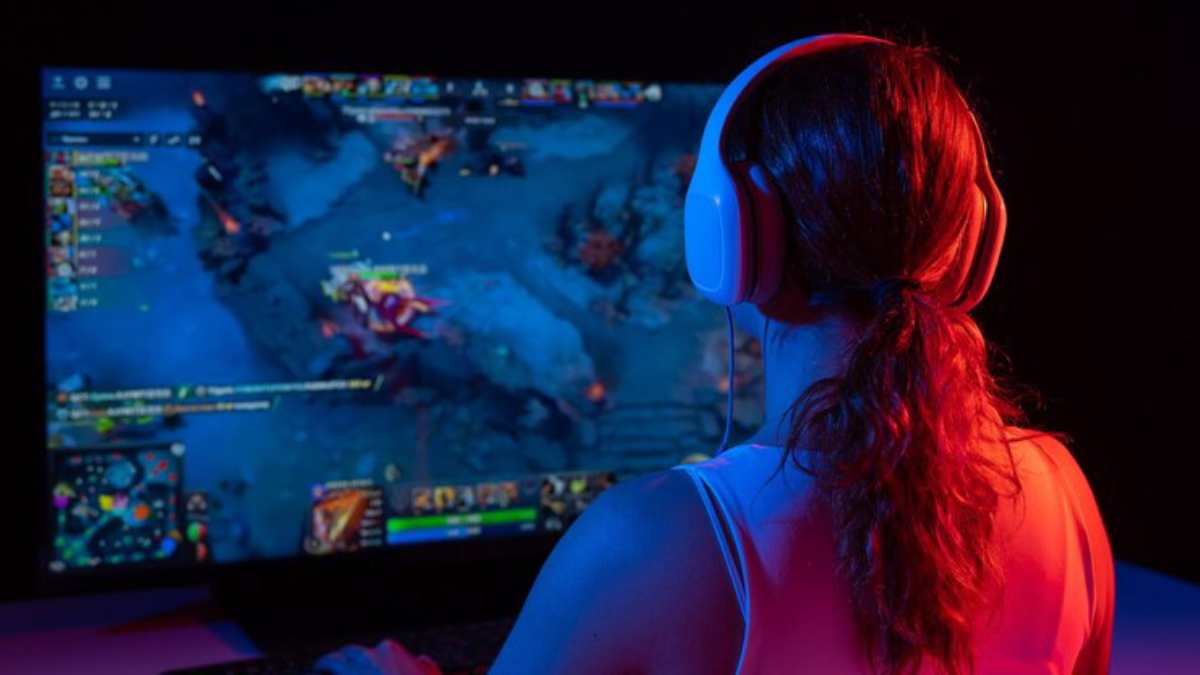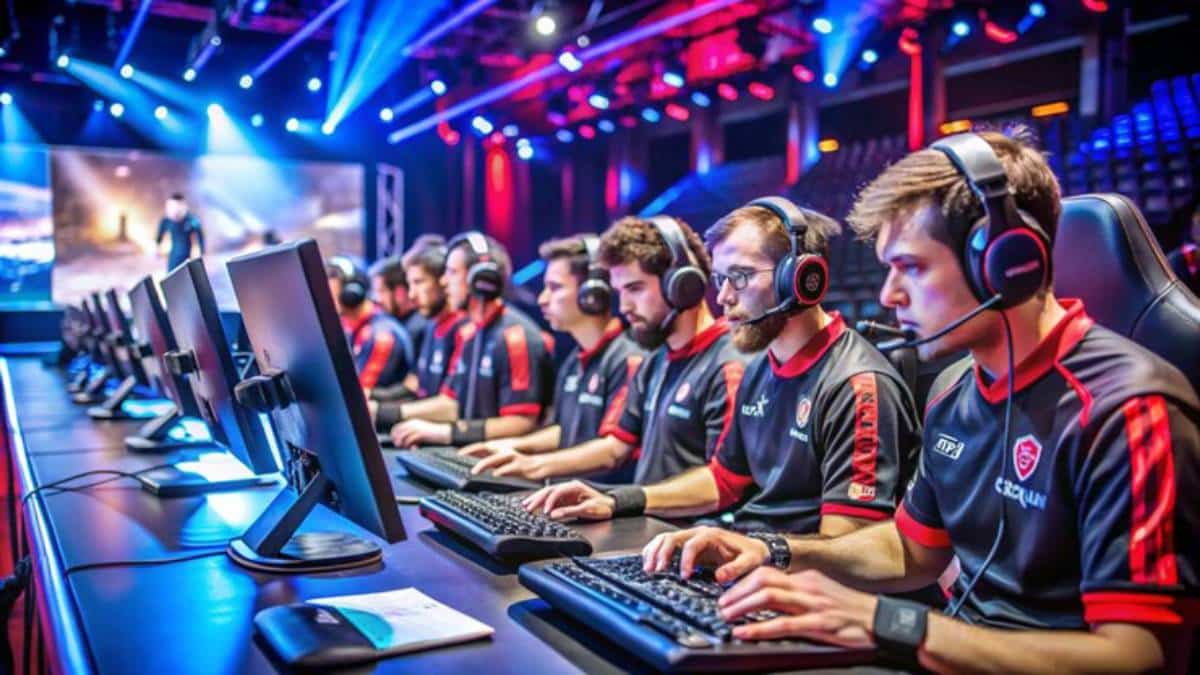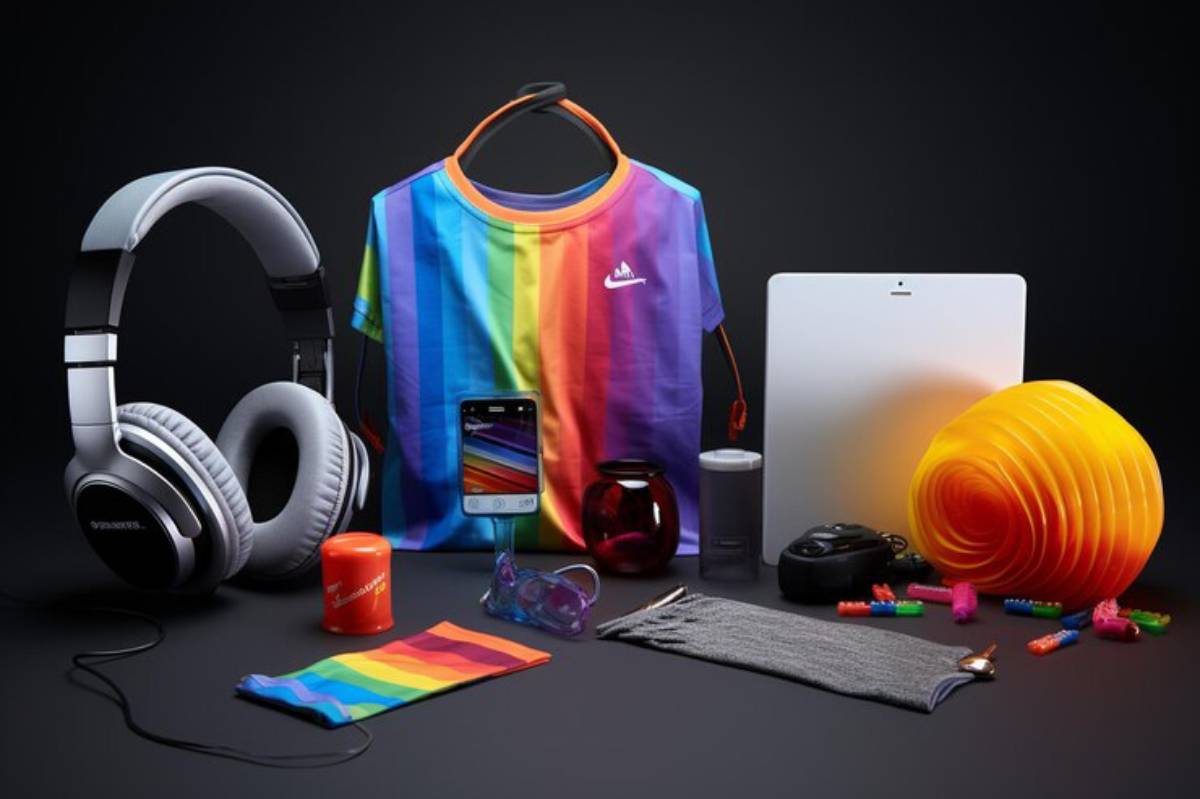
Limited Drops and Scarcity: The Hype Behind Esports Merch
The esports world is no longer just about digital arenas and competitive gameplay. It’s a thriving cultural ecosystem—and merchandise plays a major role in that growth. As gamers become more fashion-conscious and brand-aware, esports limited edition merch has become a key tool. It helps with team branding, builds community, and boosts revenue.
From time-limited hoodie launches to capsule collections that sell out in minutes, the strategy of scarcity is fuelling a new kind of hype in the gaming world. This is more than casual fanwear—it’s fashion, fandom, and commerce converging. But what exactly makes exclusive team apparel so desirable? And how does it fit into a broader esports branding strategy?
In this article, we dive deep into the tactics, psychology, and impact behind limited drops in esports, exploring why these seemingly simple products command such powerful attention—and how they’re reshaping the business of gaming.
The Rise of Esports Merchandise Culture
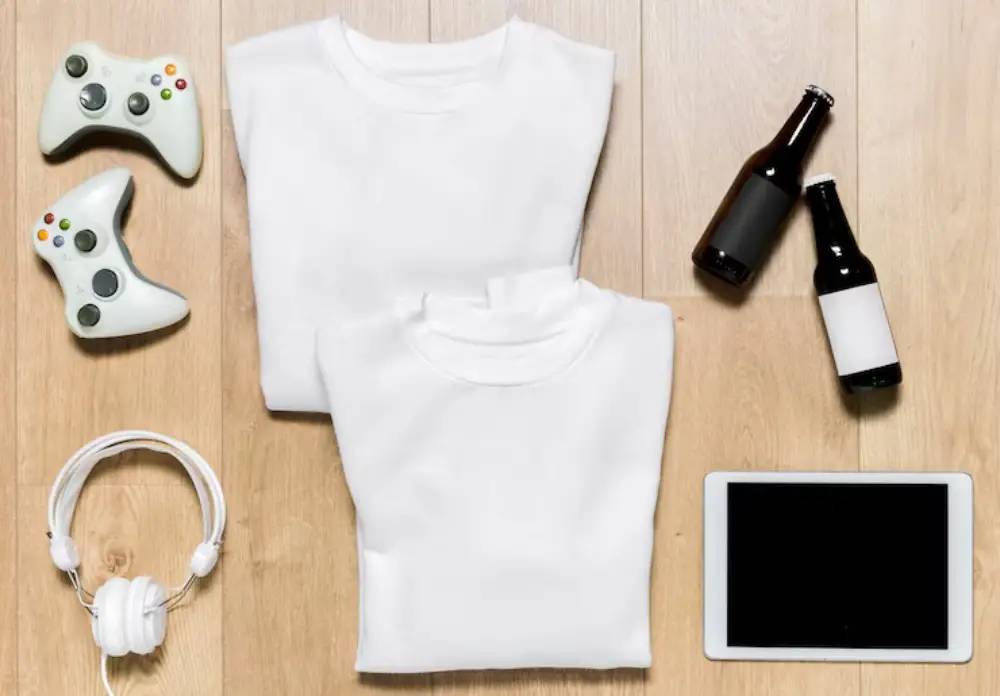
As esports has professionalised over the past decade, teams have evolved into full-fledged lifestyle brands. Much like traditional sports clubs or music artists, they’ve recognised that fans want more than just wins—they want identity, connection, and something tangible to wear.
Key Drivers Behind the Growth:
- Digital-native fanbases who are highly engaged online
- Crossovers with streetwear and fashion culture
- Increased mainstream attention from celebrities and investors
- Merch revenue diversification in the face of volatile sponsorship landscapes
Gone are the days of simple logo tees. Today’s drops often involve collaborative design, high-quality materials, and meticulous marketing—strategies borrowed from the worlds of fashion and hype culture.
Understanding Scarcity: Why Limited Works
Scarcity is a psychological trigger. When people perceive an item as rare, they assign it more value—both emotionally and financially. In the esports space, this principle is applied with strategic precision.
Common Scarcity Tactics:
- Time-limited releases (e.g. available for 48 hours only)
- Quantity-limited runs (e.g. 500 units globally)
- Exclusive access drops (e.g. for subscribers or Discord members)
- Collaboration-only releases (e.g. with fashion brands or influencers)
This scarcity, whether real or manufactured, generates urgency. Fans are motivated to act quickly—or risk missing out entirely.
Esports branding strategy takeaway: Scarcity isn’t about denying access. It’s about elevating value.
Case Studies: Limited Edition Done Right
1. 100 Thieves
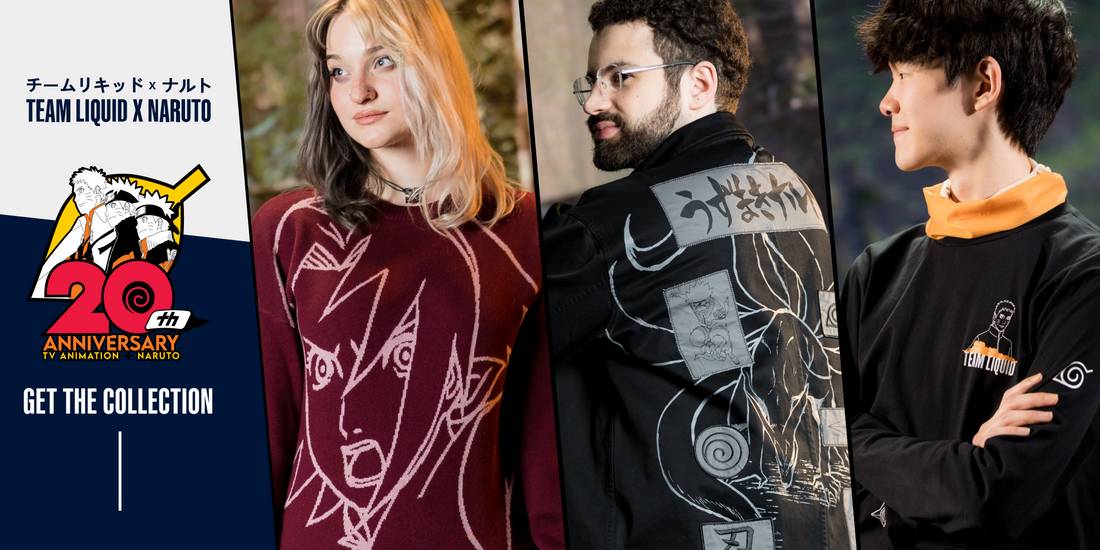
Perhaps the most prolific example, 100 Thieves blends gaming with high-end streetwear aesthetics. Their apparel drops frequently sell out within minutes, thanks to limited runs, sharp visual branding, and lifestyle-driven marketing.
- Collabs with Gucci, Cash App, and Foundations
- Pop-up events with queues stretching around city blocks
- Premium feel that appeals even beyond gaming audiences
Impact: Turned their apparel arm into a standalone fashion brand, contributing significantly to their valuation.
2. Team Liquid x Naruto Capsule
Team Liquid’s collaboration with the Naruto anime franchise created a buzz far beyond the esports community. Featuring custom art and storytelling, the limited merch appealed to both anime and gaming fans.
- Sold through their webshop and select anime conventions
- Limited-run designs featuring Team Liquid players styled as Naruto characters
- Built on shared values of perseverance and camaraderie
Lesson: Pop culture crossovers enhance reach and emotional resonance.
3. Fnatic’s Heritage Range
Fnatic leaned into their legacy, launching a throwback-inspired “Heritage” collection limited to long-time fans.
- Limited availability, marketed as a tribute to the early 2010s esports era
- Minimalist design with subtle nods to historic achievements
- Loyalty-driven appeal for fans who’ve followed them for over a decade
Esports limited edition merch insight: Nostalgia sells—especially when tied to memorable esports moments.
How Limited Drops Build Stronger Brands
1. Fostering Community Identity
Wearing exclusive merch signals insider status. It creates a sense of belonging and fuels community pride—especially when fans know they’re part of a select group.
Example: A fan spotted in a “first drop” hoodie is instantly recognisable to others in the know.
2. Driving Social Engagement
Limited releases spark discussion, countdowns, reviews, and outfit showcases on platforms like Twitter, Instagram, and TikTok. This turns merchandise into shareable moments.
3. Encouraging Repeat Engagement
By rotating limited drops throughout the year, teams can create seasonal buzz and give fans a reason to return—even if they missed the last release.
Pro branding tip: Tie drops to real-world moments (tournament wins, anniversaries, collaborations) for greater impact.
Pitfalls to Avoid in Limited Merch Strategies
While scarcity can create hype, misusing it can alienate fans or damage a brand’s credibility.
Common Missteps:
- Overhyping low-effort designs
- Poor quality control or shipping delays
- Not delivering on “limited” promises (e.g. re-releasing items as new)
Authenticity and transparency are crucial. Fans are savvy—and once trust is lost, it’s hard to regain.
Behind the Scenes: Production and Marketing
Creating limited edition esports merch requires more than slapping a logo on a hoodie.
Production Considerations:
- Lead times of 2–4 months
- Material sourcing and fit testing
- Pre-order vs. in-stock models
Marketing Playbook:
- Teaser campaigns across social media
- Influencer and player-driven promotion
- Timed email/SMS drops with countdowns
- Visual storytelling via lookbooks or launch videos
Connected to esports branding strategy: Every step must align with a team’s tone, ethos, and visual identity.
The Future of Esports Merch: Beyond the Hoodie
As technology and fan behaviour evolve, so too does merch strategy. What lies ahead?
1. Digital Merchandise
NFTs, digital wearables for avatars, and token-gated drops could unlock new revenue streams in the metaverse.
2. AR and Smart Apparel
Wearables that change colour, integrate with broadcasts, or track biometric data could bridge fan experience with performance.
3. On-Demand Customisation
Personalised gamer tags, team selections, or season-based unlocks may make merch more interactive.
Esports branding strategy evolution: The line between fashion, identity, and performance will continue to blur.
Is It Worth the Hype?
For fans, exclusive team apparel delivers emotional value, identity, and pride. For organisations, limited edition drops represent revenue, engagement, and long-term brand equity.
That said, it only works when the strategy is thoughtful. Slapping a logo on a sweatshirt isn’t enough. The best teams treat merch drops like product launches. They are well-planned, expertly done, and closely linked to the community.
The Power of the Drop
Esports limited edition merch isn’t just about scarcity—it’s about significance. A limited drop hoodie isn’t just fabric and thread. It stands for loyalty, marks a moment in time, and shows our shared passion.
As the industry grows, teams that excel in unique team apparel and smart esports branding will thrive. They won’t just be competitors; they’ll become cultural icons.
Act now: If you’re a fan wanting a piece of esports history or a team planning your next merch drop, consider more than just the product. Create a story. Deliver quality. And always, always respect the hype.
